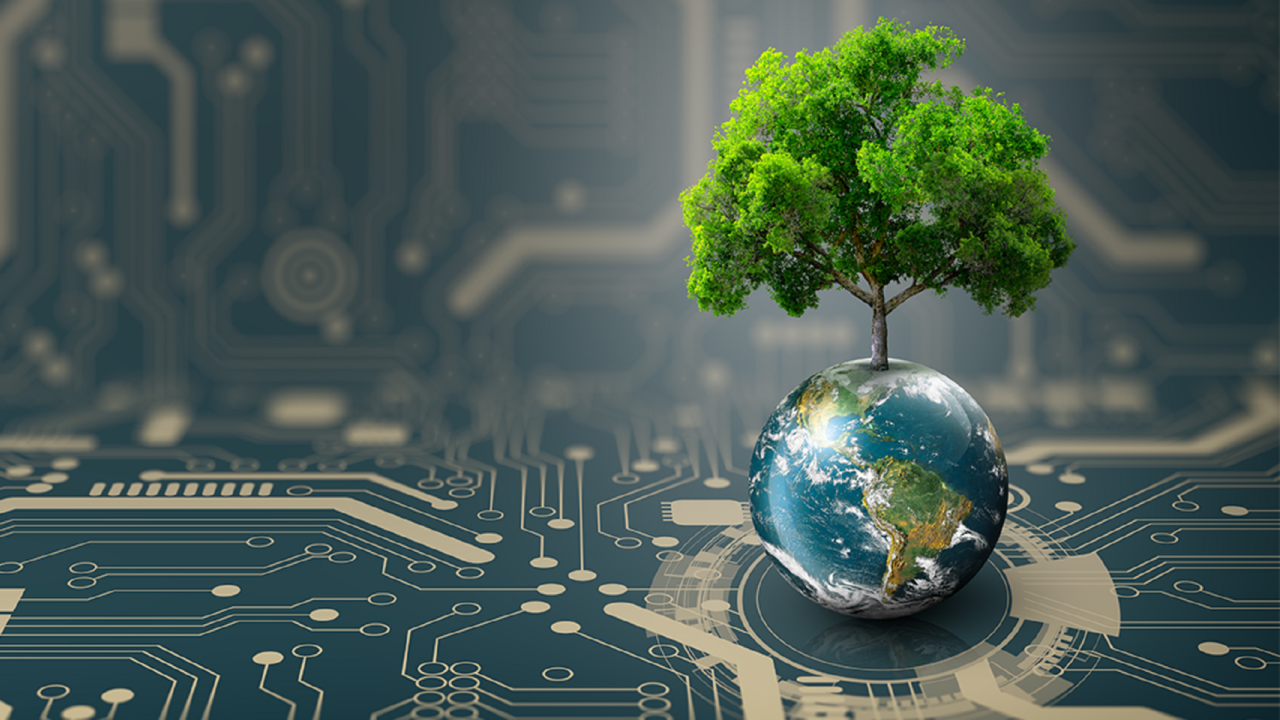Artificial Intelligence (AI) has evolved dramatically over the decades, influencing diverse fields such as healthcare, finance, transportation, and now, environmental science. Understanding the history of AI’s relationship with the environment reveals how this powerful technology is becoming a key ally in tackling global ecological challenges.
How AI’s Role in the Environment Began
AI’s connection to environmental issues didn’t emerge overnight. In the early days, AI research focused on problem-solving, automation, and data analysis with little direct application to nature or sustainability. However, as environmental concerns gained urgency, researchers and technologists began exploring how AI could be harnessed to protect the planet.
Early Data Analysis and Climate Models
In the late 20th century, as computing power increased, scientists started using AI for climate modeling and weather prediction. Machine learning algorithms helped analyze large environmental datasets, enabling more accurate forecasts and better understanding of climate patterns.
Satellite Imagery and Ecosystem Monitoring
By the early 2000s, AI’s ability to process satellite imagery became a breakthrough for environmental monitoring. AI systems began to track deforestation, map biodiversity, and assess natural disasters with unprecedented speed and precision.
Key Milestones in AI and Environmental Progress
Real-Time Wildlife Conservation
AI-powered camera traps, sensors, and acoustic monitoring systems started to help conservationists track endangered species and detect poaching activities in real-time, significantly improving wildlife protection.
Climate Change Predictions
AI became instrumental in refining climate change predictions by analyzing complex variables such as carbon emissions, ocean temperatures, and ice melt rates, supporting more informed policy decisions.
Smart Agriculture
AI applications in precision farming emerged, enabling farmers to optimize water use, reduce chemical waste, and increase crop yields sustainably by interpreting soil, weather, and crop health data.
Renewable Energy Optimization
AI-driven systems are now helping manage renewable energy sources like wind and solar power by predicting energy production, balancing grids, and improving storage solutions, making clean energy more reliable and efficient.
Ongoing Challenges and Ethical Considerations
Despite AI’s potential to address environmental issues, there are notable challenges:
- High Energy Consumption: Training large AI models can require significant computing power, contributing to carbon emissions if not managed sustainably.
- Data Privacy: Environmental monitoring often involves sensitive geographic and community data, raising concerns about data ownership and ethical use.
- Algorithmic Bias: Inaccurate or incomplete datasets can lead to biased predictions that may harm marginalized communities or ecosystems.
Conclusion
The history of AI and the environment is a story of growing synergy. What began as simple data processing has evolved into powerful tools for conservation, sustainability, and climate resilience. As AI continues to develop, ensuring it is applied responsibly and ethically will be critical to maximizing its positive impact on the planet. With thoughtful innovation, AI can be a significant force in building a more sustainable future.







Leave feedback about this